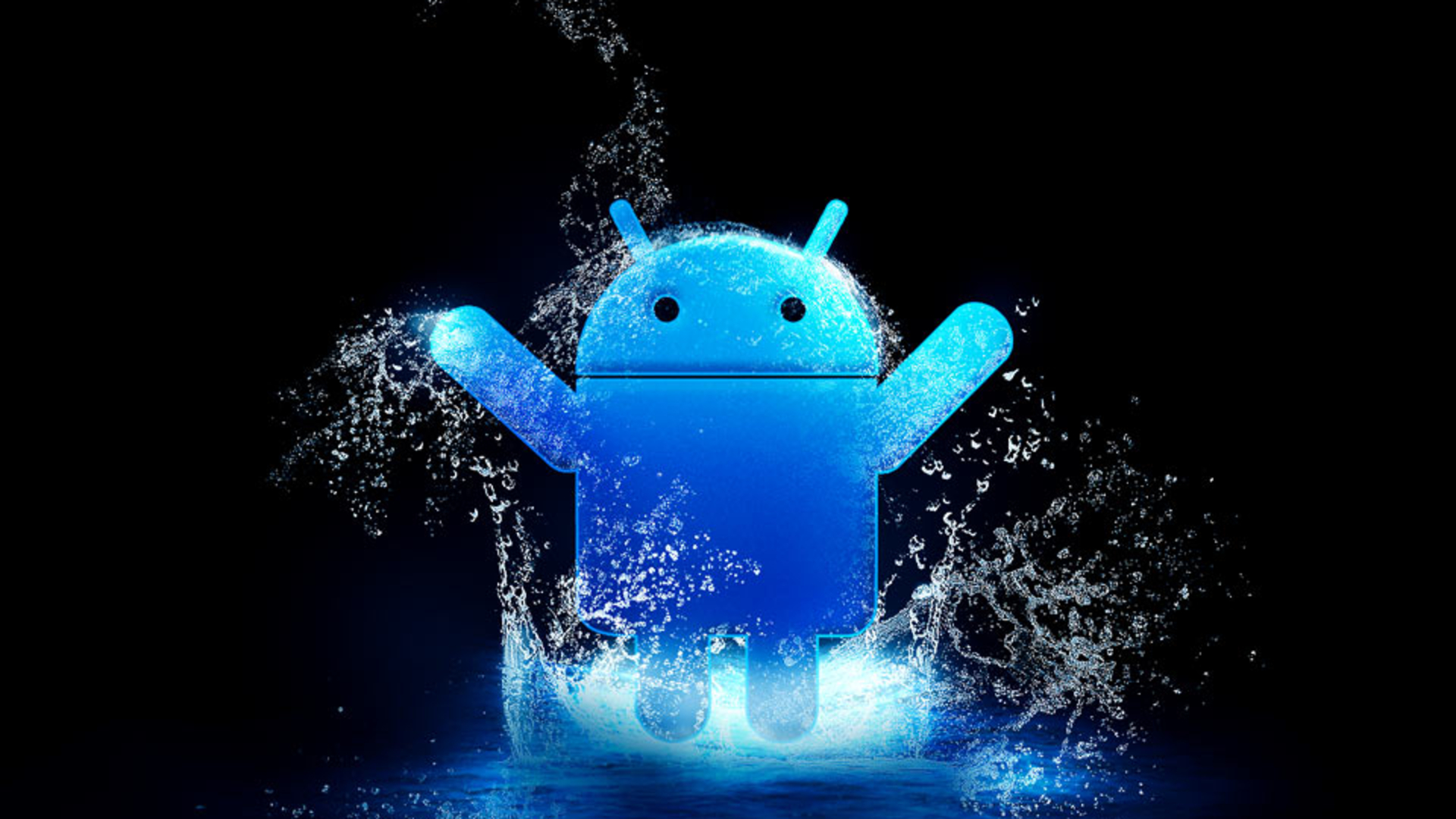The relevance and vitality of social enterprises will not curtail even with the hypothetical notion of a fully funded United Nations, simply because of the scale of operations.
The U.N’s goals of establishing amity throughout the world are so macro leveled that it is almost impracticable to operate with a specialized approach in every single area. As of 2014, the U.N has 8 Millennium goals which range from eradicating extreme poverty and hunger to promoting gender equality around the globe (un.org). Their agenda is simply too large to operate efficiently in all sectors, and that’s why social enterprises are needed.

http://www.inspiringenterprise.rbs.com/sites/default/files/news-images/news-social-460x265_0.jpg
Using the Arc initiative as an example, Fitih Tesfaye’s journey of venturing into a new market demonstrates clearly the impact of social enterprises. Fitih originally started her restaurant in 2010, but was quickly overshadowed by rivals in two years. Despite the circumstances, she saw a niche in dessert treats and the Arc initiative facilitated her transition into this market by teaching her strategies and business tools learnt at a workshop (Kroeker, 2014).
This reading allowed me to fully grasp why social enterprises are essential universally. They don’t provide merely just money, but they create a roadmap to generate long term solutions in communities. While yes, the United Nations are aligned with the mentality of social enterprises, the fact that they don’t have the luxury or time to tailor their strategies to every small detail whilst focusing on all aspects of the triple bottom line reiterates why social enterprises are necessary.
Works cited:
http://www.theglobeandmail.com/report-on-business/small-business/sb-growth/going-global/in-a-crowded-market-ethiopian-entrepreneur-finds-a-sweet-way-to-stand-out/article17912688/
http://www.un.org/millenniumgoals/
http://www.inspiringenterprise.rbs.com/sites/default/files/news-images/news-social-460x265_0.jpg








